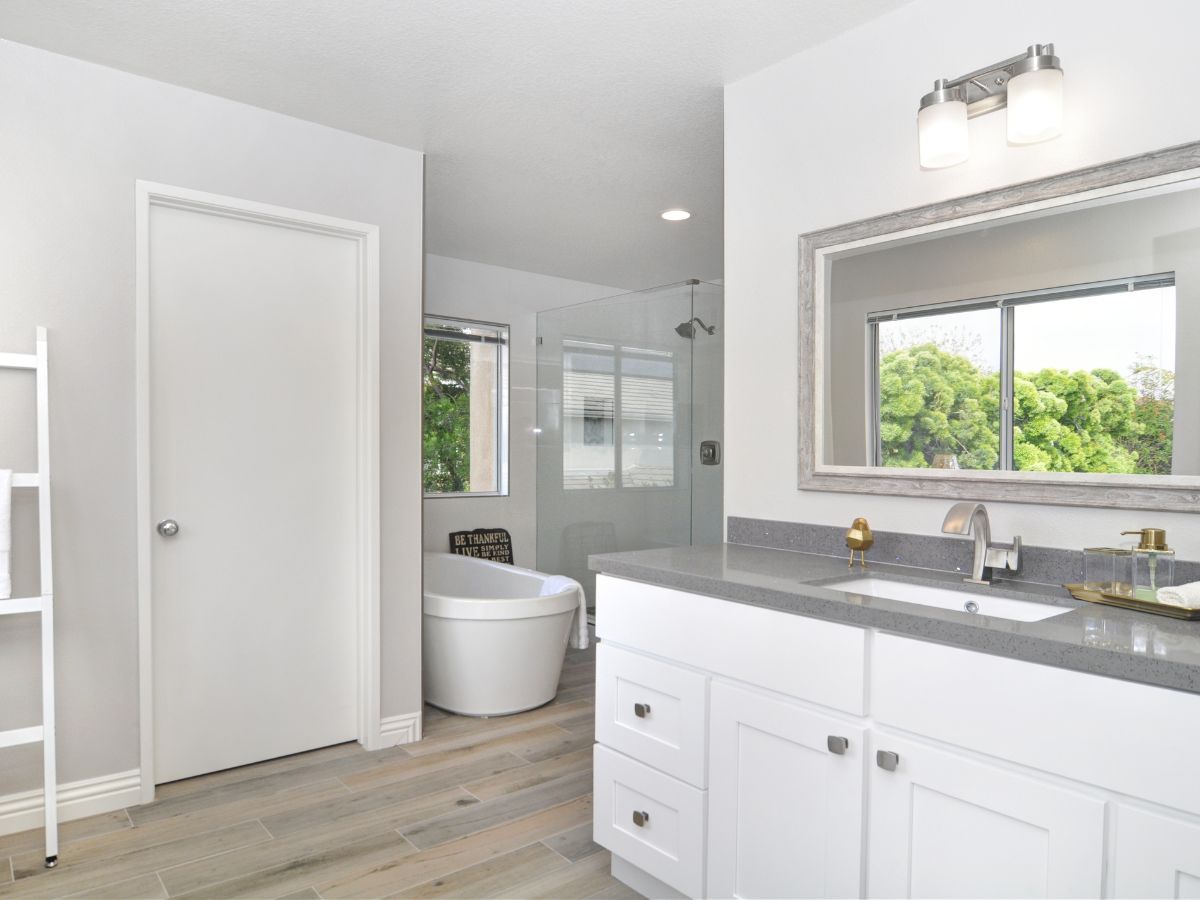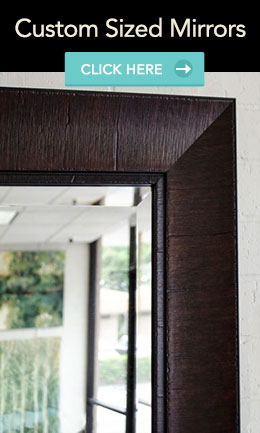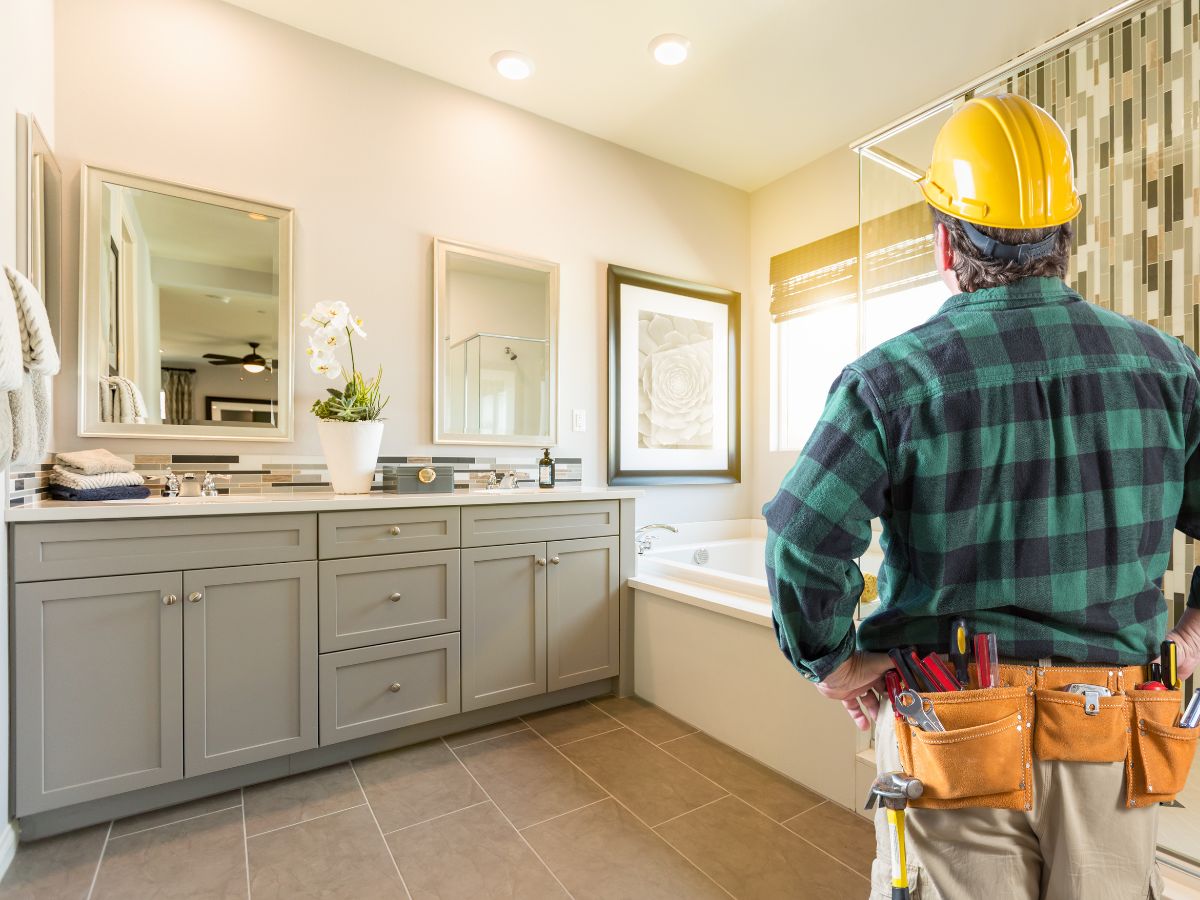
12 Tips to Brighten and Transform Remodeled Spaces Using Mirrors
Using mirrors in remodeled spaces can completely transform the atmosphere, creating more light, depth, and a sense of openness. Here are twelve professional tips on incorporating framed mirrors to make a remodeled space shine.
1. Position Opposite Windows
Placing mirrors directly across from windows is a surefire way to maximize natural light in any room. The mirror captures sunlight and reflects it throughout the space, creating a brighter, more inviting environment. This simple trick can even make smaller rooms feel larger and more open.
2. Choose Larger Mirrors for Amplified Depth
Large, framed mirrors can significantly enhance the sense of depth in a space. In areas like living rooms or dining spaces, a big mirror creates the illusion of additional space and avoids the crowded feel that furniture or decor alone can sometimes create.
3. Consider Decorative Framing for Added Texture
Choose frames that match the style of the room. For a contemporary remodel, sleek metallic frames can add a touch of sophistication. In more traditional or rustic settings, wooden frames with unique finishes can add warmth and texture, making the mirror an artistic feature on its own.
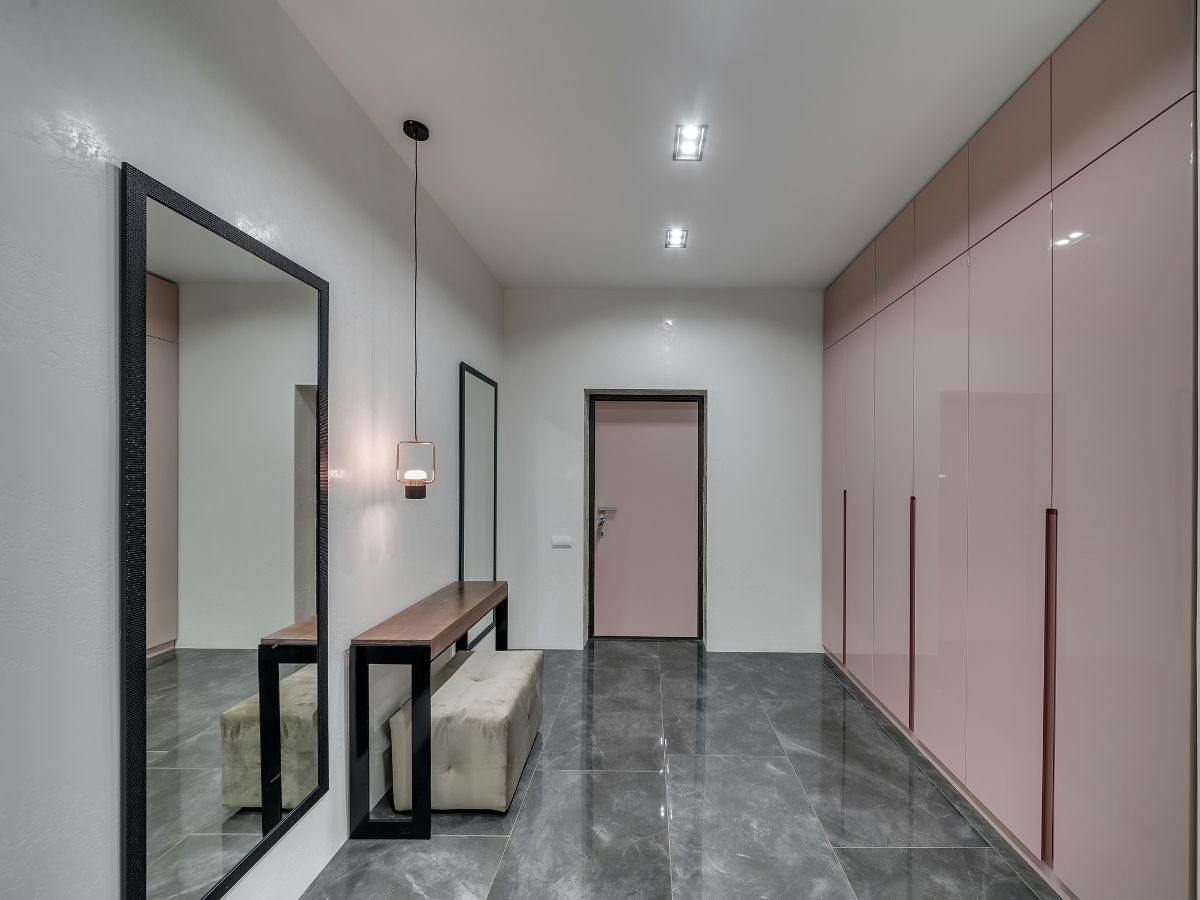
MAL-0378 Black Framed Mirror For Hallway
4. Layer Mirrors with Lighting Fixtures
Pair mirrors with light fixtures to create a layered lighting effect. By placing a mirror near sconces or lamps, you double the light’s impact while adding an elegant touch to the design. This approach is especially useful in spaces without a lot of natural light.
5. Use Mirrors in Hallways and Entryways
Mirrors are fantastic for narrow or dimly lit spaces like hallways and entryways. A well-placed mirror can open up these areas, making them appear more spacious and welcoming while reflecting any available light.
6. Experiment with Mirrored Walls in Small Spaces
Mirrored walls, or a series of framed mirrors in close proximity, can work wonders in small rooms such as bathrooms or closets. This approach helps the space feel significantly more open and airy, enhancing the overall aesthetic.
7. Try Vertical Mirrors for Height
In rooms with lower ceilings, use vertically oriented mirrors to draw the eye upward, giving the illusion of added height. This is an excellent strategy for modern lofts or remodeled basements where ceiling height might be limited.
8. Double Mirrors in Bathrooms for Functionality and Style
If the remodel includes a shared bathroom, consider double mirrors over each sink. Framed mirrors in bathrooms serve both functionality and style, creating symmetry while helping the room feel larger and more luxurious.
9. Choose Framed Mirrors to Define Zones
In open-plan spaces, framed mirrors can help visually define different zones without adding physical barriers. For example, a mirror above a console in a dining area can separate it from the living room while adding brightness and cohesion to the overall layout.
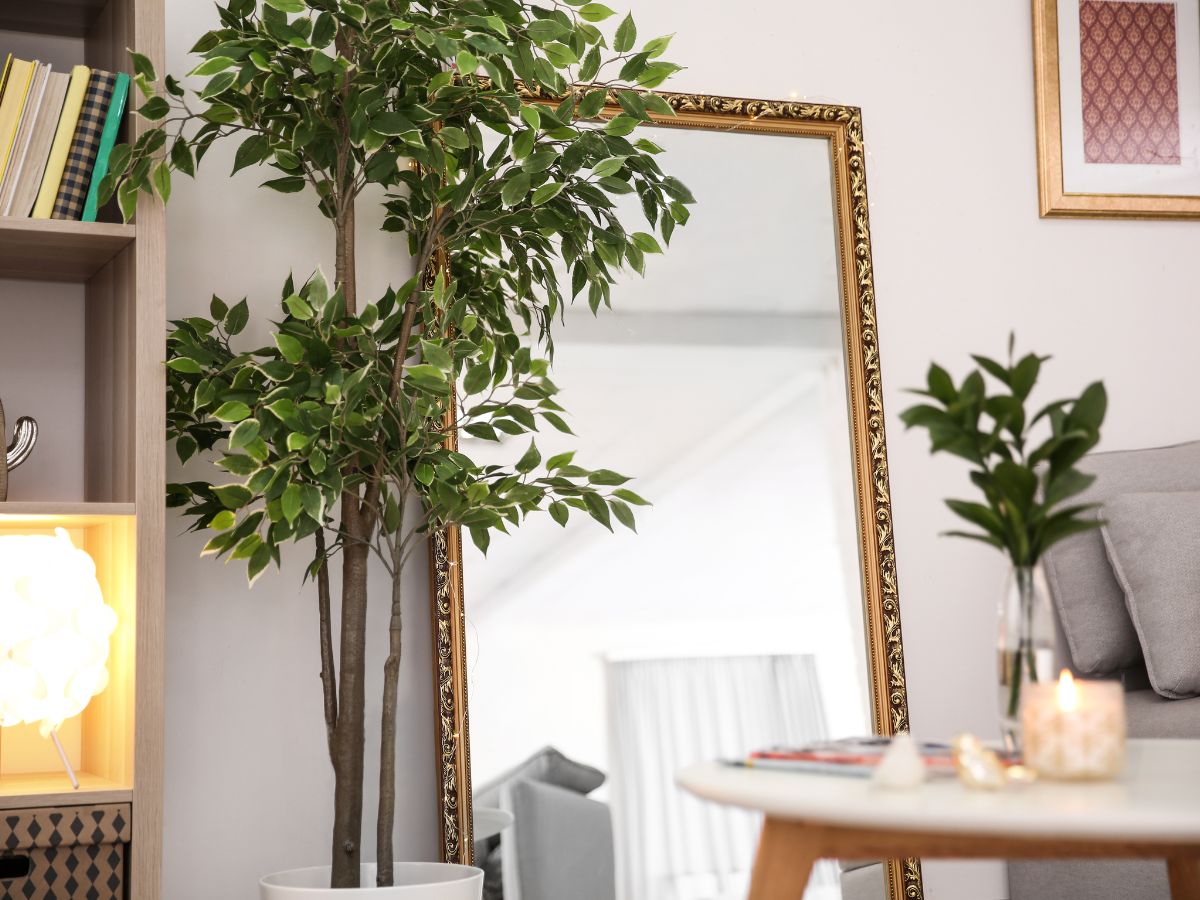
MAL-1302 Gold Framed Mirror for Living Room
10. Select Mirrors with Color-Reflective Frames
In rooms with a bold color palette, choose frames that reflect or complement those colors. For example, gold or bronze frames in a warm-toned room can enhance the glow, while cooler metallics like silver or chrome can add sophistication to a minimalist space.
11. Layer Smaller Mirrors in Groupings for Artistic Interest
Small framed mirrors can be arranged as a gallery wall to add depth and visual interest to a blank wall. This is a creative alternative to traditional wall art and allows for versatility in reflecting light from multiple angles.
12. Use Mirrors to Highlight Architectural Features
Place mirrors strategically to accentuate unique architectural features, like exposed beams or brick walls. Reflecting these features adds depth to the design and draws attention to the character of the remodeled space.
By following these tips, framed mirrors can be used not only as practical tools for light enhancement but as vital design elements that transform remodeled spaces into brighter, more captivating environments.
